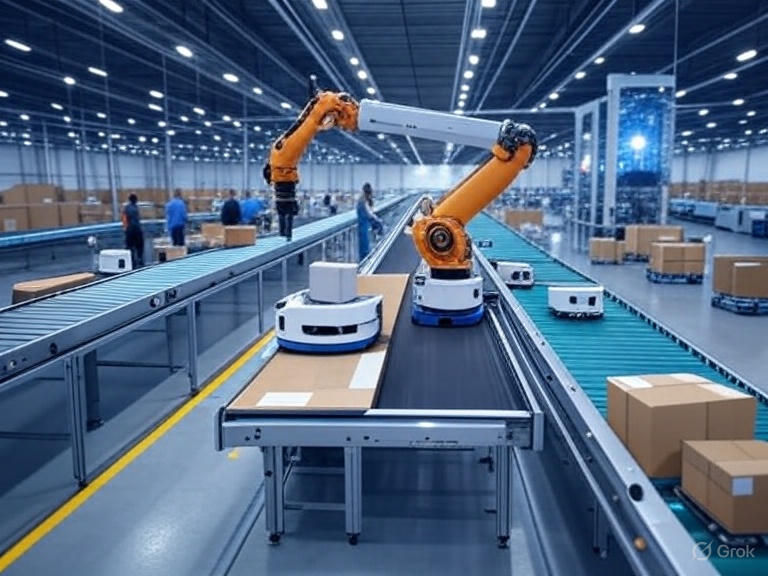Combining Integration with Pub/Sub Capability, B2B, MFT, API, and AI
- David Heath
- Feb 16
- 3 min read

In the modern digital economy, businesses rely on a variety of technologies to manage data exchange, streamline workflows, and improve decision-making. The combination of integration frameworks, publish-subscribe (Pub/Sub) capabilities, Business-to-Business (B2B) communication, Managed File Transfer (MFT), APIs, and artificial intelligence (AI) is transforming how companies operate in a connected world. These elements work together to enhance efficiency, security, and automation, ensuring seamless data flow across enterprises.
Integration platforms provide the foundation for businesses to connect disparate systems, enabling smooth data exchanges between applications, partners, and internal systems. Traditional point-to-point integrations often create rigid architectures that are difficult to scale, while modern integration solutions leverage cloud-based and event-driven architectures to improve flexibility. Pub/Sub messaging plays a crucial role in this transformation by allowing systems to communicate asynchronously, reducing dependency on direct connections and improving real-time data processing capabilities.
The implementation of Pub/Sub architectures significantly enhances B2B interactions by ensuring that data is delivered to the right recipients as soon as it becomes available. Unlike traditional request-response models, where systems must poll for new data, Pub/Sub mechanisms push updates instantly to subscribed entities. This approach is particularly useful in scenarios where multiple stakeholders need real-time access to business-critical information, such as supply chain updates, order processing, and financial transactions. By integrating Pub/Sub with existing B2B communication frameworks, organizations can ensure higher efficiency and reduced latency in data exchanges.
MFT continues to be an essential component of secure data transfer, especially in industries that deal with sensitive information. As organizations shift toward cloud and hybrid environments, MFT solutions are evolving to support real-time event-driven transfers alongside batch processes. When combined with Pub/Sub capabilities, MFT systems can trigger file transfers based on predefined conditions, ensuring that data moves seamlessly between organizations without manual intervention. This integration enhances security by reducing exposure time for sensitive data and ensures compliance with regulatory requirements by enforcing automated policies.
APIs further strengthen integration by providing standardized access points for applications to interact with one another. When combined with Pub/Sub and MFT, APIs create a highly flexible environment where data flows efficiently across multiple systems. Organizations can expose APIs to external partners, allowing them to subscribe to real-time data streams without requiring direct database access. This model enables seamless collaboration across enterprises, promoting interoperability and reducing the complexity of data exchanges.
AI enhances these integrations by automating decision-making processes, improving data quality, and identifying patterns that might be difficult to detect manually. AI-driven analytics can monitor data flows in real time, flagging anomalies, optimizing routing decisions, and predicting system failures before they occur. When integrated with Pub/Sub architectures, AI can process incoming data streams and trigger intelligent actions, such as fraud detection in financial transactions or proactive maintenance scheduling in industrial operations.
The convergence of these technologies enables organizations to build scalable, intelligent, and highly efficient data exchange ecosystems. As businesses continue to adopt digital transformation strategies, integrating Pub/Sub messaging with B2B communication, MFT, APIs, and AI will become increasingly important. The shift toward event-driven architectures ensures that data moves at the speed of business, while automation minimizes human intervention and improves overall system reliability. Companies that leverage these technologies effectively will gain a competitive advantage by enhancing operational efficiency, improving security, and unlocking new opportunities for innovation in an interconnected digital world.
By David Heath







Comments